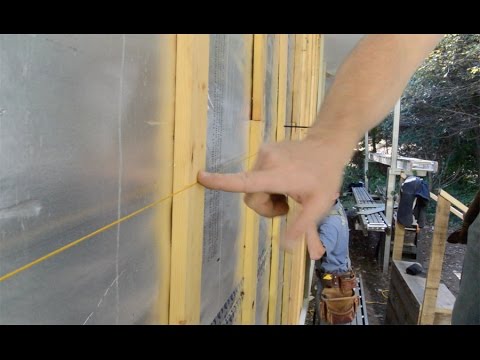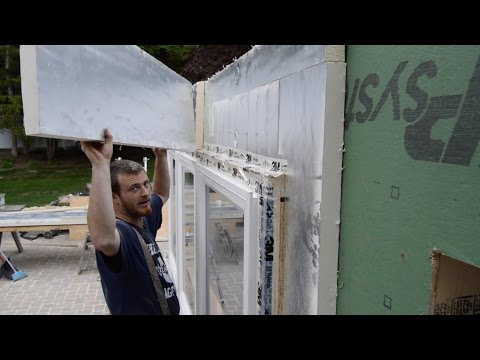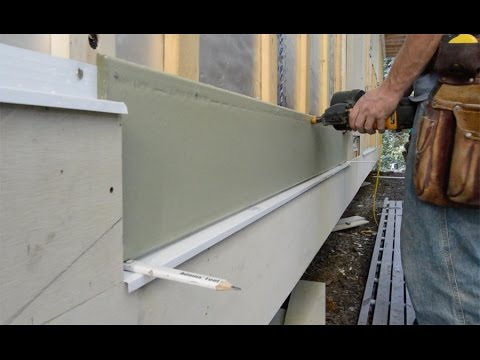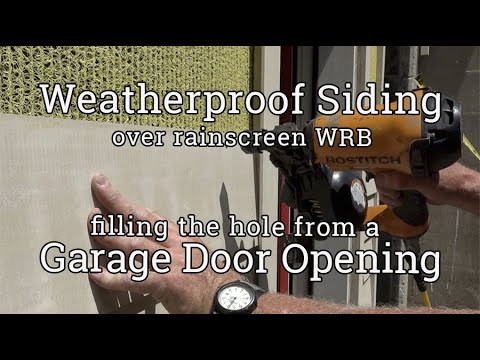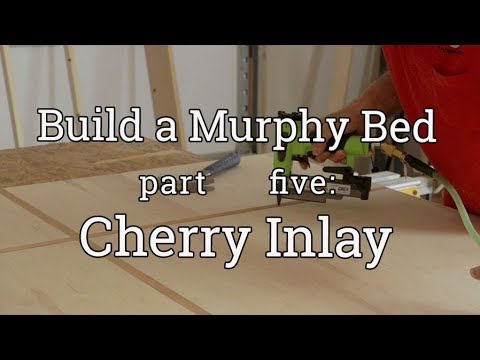Large flat panels of fiber-cement make a modern-looking siding. Metal track keeps the lines clean
Another segment in our ongoing series documenting a deep energy retrofit that includes exterior foam, innie window installation, lap siding basics, and rainscreen siding on the job with Synergy Construction.
Official Transcript:
This house used to be a 1970s raised ranch, but now it’s a zero energy home with a modern flair. Two types of fiber-cement siding are used: panels and lap siding, but all of the siding is part of a high performance rainscreen which allows drainage behind the siding.
Four inches of foam was added to the outside of the walls, and it was held in place with furring strips. Because foam compresses, before installing siding, you have to align the furring strips into a flat plane. This is done with a string line, and it is especially important with these large panels of siding.
The lower front elevation will have large panels as will a large bump-out added to the north end of the house. And that—is where we’re going to watch the guys put up a few pieces.
Step by step:
- The leading edge is slid into the channel of a piece of corner molding which is fastened to the wall.
- When the panel is snugly settled into the track, Calvin screws it off through predrilled holes.
- The tops of the panels tuck under a fascia that rims the top of the bump-out, so Calvin adds ½ inch to the long point number.
- He measures over four feet and draws a plumb line to get the short point number and shouts that down to the cut station.
- Who make the cut, predrill the holes, and hand it up to Calvin and PJ.
- They slide the top under the fascia, the edge into the track, and snug the bottom up tight.
- Then they screw off some more.
The geometry of the track spaces the siding panels off the wall sheathing about an eighth or three-sixteenths of an inch. which makes a capillary break behind the siding and makes it easier to slide in the next track—which is nailed to the wall.
The track is actually a geometric part of the panel design. In addition to outside corners and vertical joints, there are also inside corners, J-channels, and Z-type tracks for horizontal joints that allow drainage.
With the rain screen covered, this cladding is set to go the distance
—David Joyce, owner of Synergy Construction in Lancaster, MA donated his jobsite for us to shoot video. Thank you, David.
